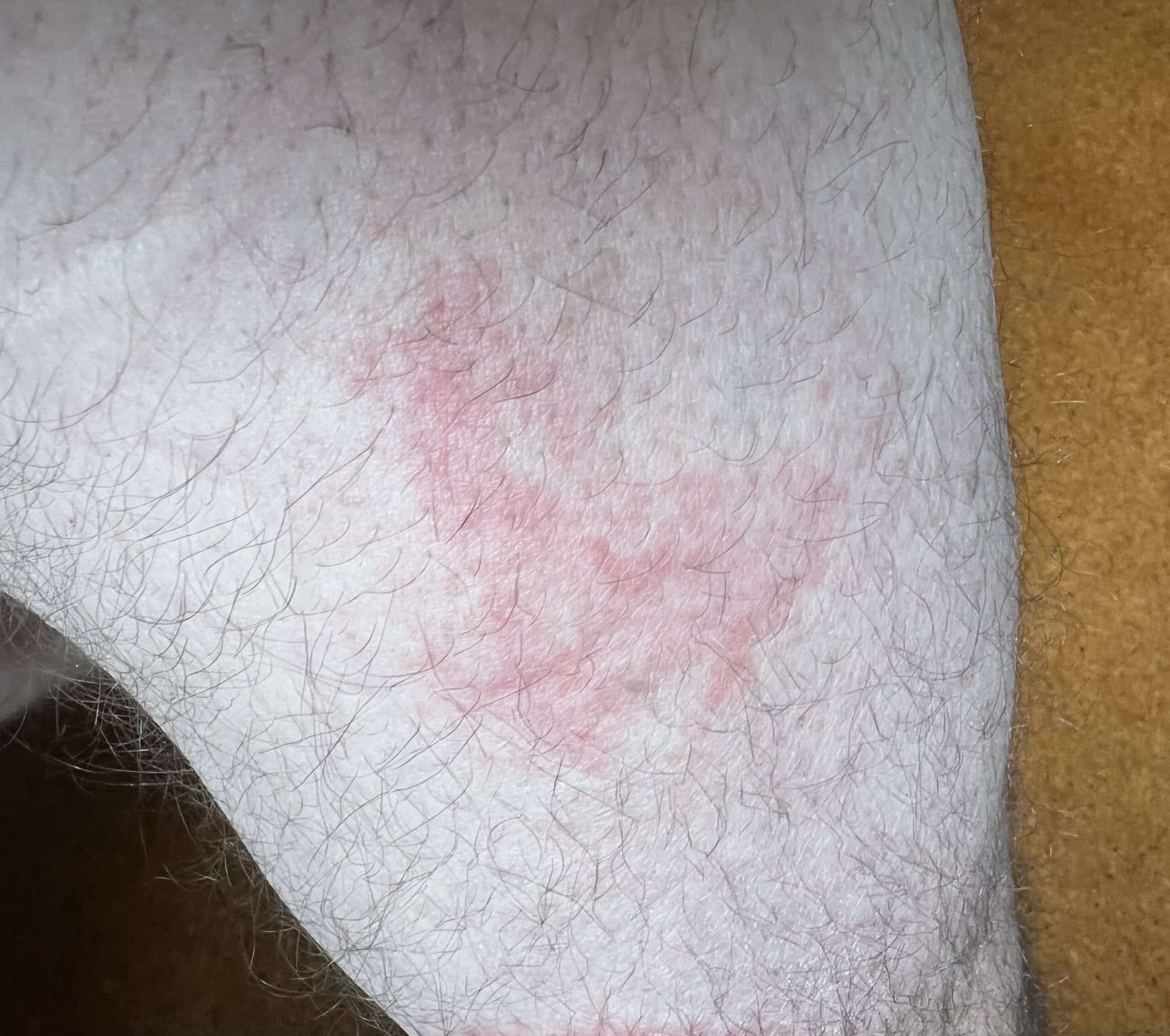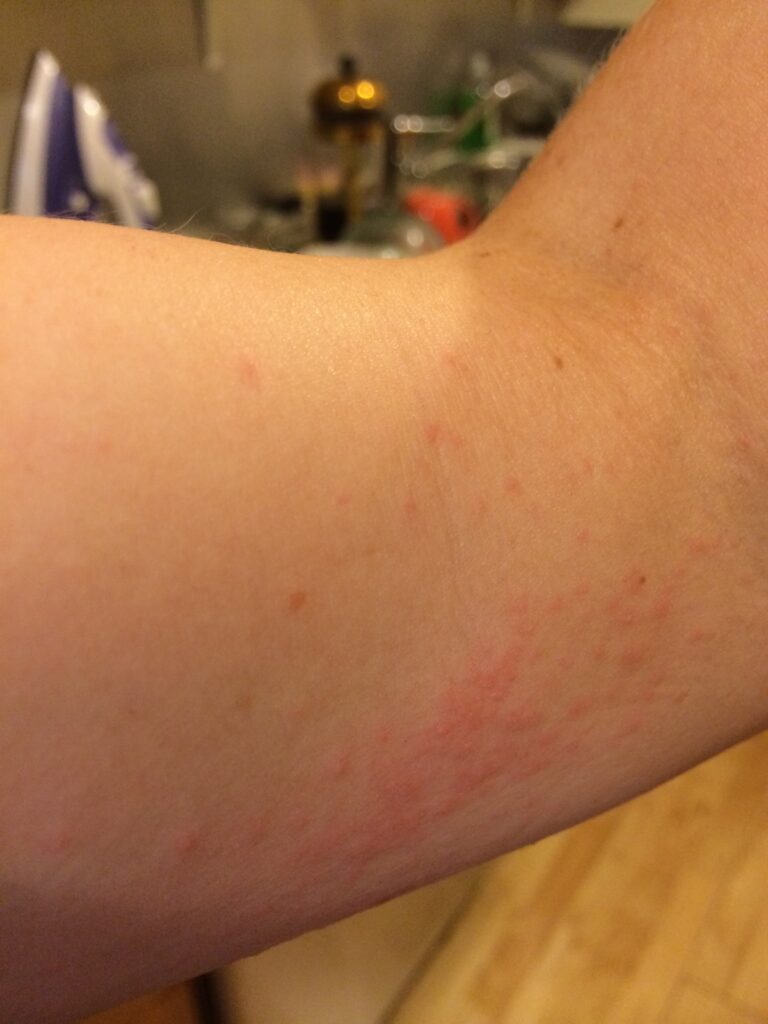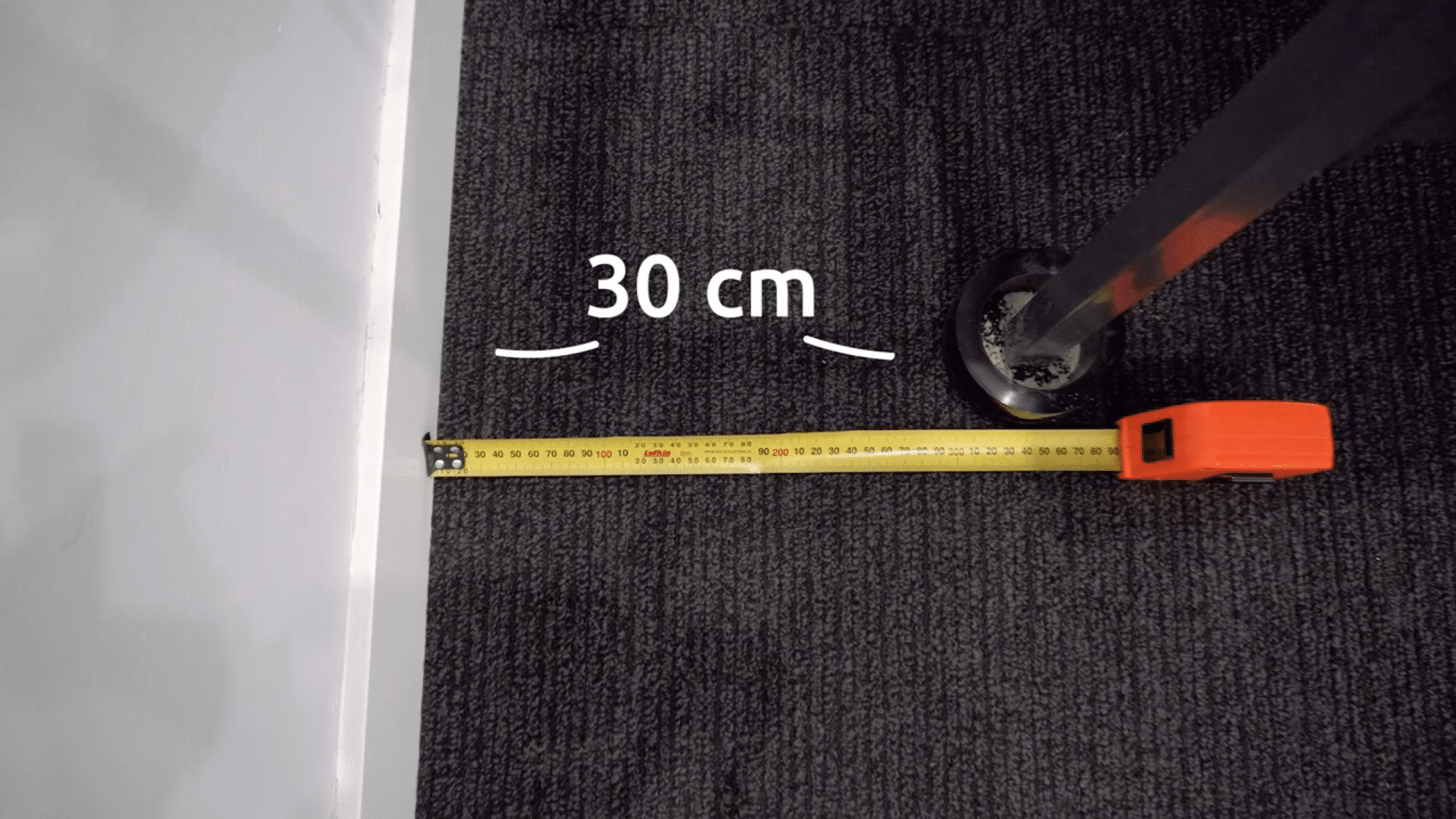
In the article
Last Updated on 18/07/2025 by Tony Abrahams
Woke up with an itchy rash you can’t explain? You’re not alone. A bed bug rash is one of the most common, and frustrating, signs of an infestation. But is it definitely from bed bugs? What does it look like? And how do you get rid of it without making things worse?
Here’s everything you need to know, from identifying the rash to treating the bites, and stopping the bugs that caused it.
What Does A Bed Bug Rash Look Like?

Bed Bug Rash On Elbow
A bed bug rash is caused by bites, which often appear in small clusters, straight lines, or zig-zag patterns across your skin. It’s often itchy, red, and inflamed, especially if you’ve been scratching.
Here’s what to look for:
- On lighter skin: red, raised bumps
- On darker skin: dark purple or brownish marks
- Common areas: arms, neck, shoulders, back, or face
Bed Bug Bites vs Rash
In literal terms, a bed bug rash is just another phrase to describe the effects of bed bug bites, which can look like many common skin issues that you might find on your body. However, bed bug rash does have defining factors that make it distinct from other reactions.
As stated before, not all bed bug bites will necessarily become a “bed bug rash”, as the spread of the reaction depends on your skin sensitivity, the degree to which you scratch around the bites, and how many bites you sustain.
Heat vs Bed Bug Rash
A rash that’s easy to mistake for the work of bed bugs is heat, which is usually caused by excessive sweating. The way to tell the difference is that heat rash generally appears in larger red patches and welts, which are dotted with small blisters and pimples, while a bed bug rash is more centered around the individual, and small clusters of bites, and is free from blisters.
How to Treat a Bed Bug Rash
Once you notice bites, your primary prerogative needs to be getting rid of the bugs themselves, but for the time being it’s important to deal with the irritation and discomfort from the bites. When considering a treatment, there are various directions you can go in, ranging from the soothing of symptoms to treating the bite more permanently with chemicals.
The easiest ways to control rashes are to simply avoid scratching and to keep the area as clean as possible. To reduce the symptoms, you can cover the area with a wet, cool towel or piece of fabric, soothing the irritation in real time.
If you’re looking for medication, then perhaps a topical steroid bed bug cream is what you need, as it will help in real time and ease the effects of the bites. If your rash is more severe, it could be indicative of an allergic reaction, in which case you should take an antihistamine.
How Long Does The Rash Last?
This is a fairly complex question in a sense because there’s actually no guarantee that bed bug rash will ever be alleviated until the bed bugs themselves are eradicated. In the most literal terms, bed bug rash and bites will generally hang around on the body for around a week or two, but this is only from the freshest of new bites.
If you don’t deal with the problem at the source, i.e. the bugs themselves, then you could find yourself in a long and painful cycle of dealing with irritation from bites. A large infestation of bed bugs will feed every night, meaning a new week to two-week cycle of irritation from the bites could start every day that you allow them to remain in your home.
With the treatments we’ve described above, bedbug rash could be eliminated sooner, but deal with the infestation directly to really solve the problem.
Bed Bug Rash Picture

Bed Bug Rash On Leg
Are Bed Bugs Rashes Contagious?
While it may not be comfortable and can make your sleeping arrangements fairly complicated, bed bug rash and bites are not contagious. The only way to sustain these marks and bites is by getting bitten.
In a sense, if you plan on sharing an infested bed with a second party then you’re essentially creating a contagious environment in which the bites can spread, but you’re not going to pass on the marks to someone by giving them a hug.
Similarly, if you don’t deal with the infestation as soon as possible, there’s a good chance that the bed bugs will spread further throughout the house. which, if there’s more than one bedroom, means that other rooms will become infested. This is also a kind of contagious effect, as it will result in more bites and rashes amongst the residents of the home.
Bed Bug Rash Symptoms
While it’s almost impossible to feel a bed bug bite at the time, due to a natural anesthetic delivered by the bugs, you will certainly feel the symptoms of bed bug rash which are:
- Red bumps and bite marks
- Red patches around said bite marks
- Itchiness and discomfort
- Sleep anxiety and insomnia (as a result of association with the bugs and your bed)
- Serious illness (in severe allergic reactions)
While some of the treatments that we’ve described above can help with these symptoms, the most important thing is to eradicate the bugs themselves, ideally with a non-toxic bed bug treatment so as to not disrupt your home life too much.
How To Get Rid Of Bed Bugs With The Isolation Method

The Bed Bug Isolation Method
The most effective way to get rid of bed bugs isn’t spraying chemicals or throwing out your mattress, it’s cutting them off completely. That’s what the Isolation Method does.
Developed by Bed Bug Barrier, the Isolation Method isn’t about just “monitoring” bed bugs like other traps on the market. It’s about killing every single one, including the ones still hiding in the room.
Here’s how it works:
Step 1: Steam to Kill on Contact
Use a handheld steamer to kill visible bed bugs and eggs on your mattress, ensemble base, and surrounding areas. Steam is instant and chemical-free, the perfect first strike.
Step 2: Seal the Mattress
Fit your mattress and base with bed bug-proof covers. This traps any remaining bugs inside and prevents new ones from getting in. It also gives you peace of mind while you sleep.
Step 3: Apply Diatomaceous Earth (DE) Powder
Dust Diatomaceous Earth along the bed frame, base, and inside our specially designed bed leg traps. DE is a natural, non-toxic powder that kills bed bugs by dehydrating them, and it keeps working long after application.
Step 4: Install Bed Bug Barriers
Place Bed Bug Barrier traps under each leg of your bed. These traps aren’t just monitors, they’re killing zones. As bed bugs try to reach you at night, they’re forced through the traps and across the DE powder. They don’t make it far.
Step 5: Isolate the Bed
Move the bed at least 30cm from walls and furniture. Tuck in sheets so nothing touches the ground. This forces any surviving bugs to attempt to climb the bed legs, where they’ll walk straight into their doom.
Unlike pest controllers who treat the whole room (and often miss hidden bugs), the Isolation Method uses smart placement, physical barriers, and long-term protection to wipe out the entire infestation. You can sleep in your bed that same night, and stay bed bug free for years.
It’s DIY. It’s chemical-free. And it works.
FAQ: Bed Bug Rash
- How do I know if my rash is from bed bugs?
Look for red bumps in clusters or lines, usually on the upper body. Check your bed for blood spots, black dots, or shed skins. - What’s the best cream for bed bug rash?
A hydrocortisone cream or other mild topical steroid will reduce inflammation. Antihistamines can also help. - How long will the rash last?
Usually 1–2 weeks. But new bites will restart that timeline unless the bugs are eliminated.
Watch Our DIY Bed Bug Treatment Video For An Ensemble Bed
Watch Our DIY Bedbug Treatment Video For A Bed with Slats
Sources
Centers for Disease Control & Prevention (CDC)
Covers bite appearance, infestation signs, and treatment guidance for bed bug bites.
URL: https://www.cdc.gov/bed-bugs
Medical News Today – Bedbug Bites: Pictures, Treatment, and Prevention
Offers detailed descriptions, expected symptoms, timelines, and prevention strategies, all updated recently.



Leave a Reply